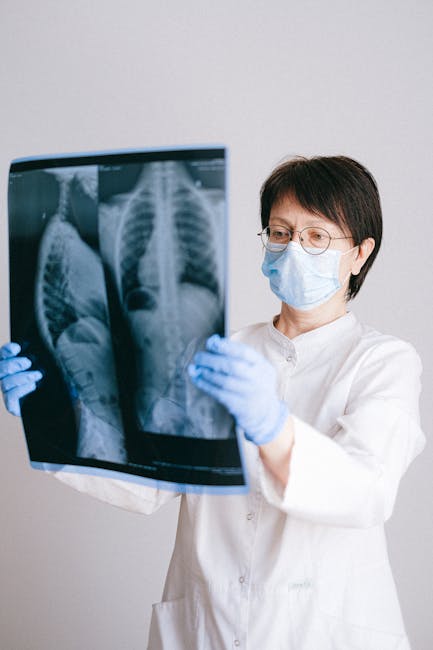
How to Keep Your Pet Safe From Household Chemicals
How to Keep Your Pet Safe From Household Chemicals
Our homes are filled with products designed to keep our living spaces clean and comfortable, but many of these everyday items can pose serious risks to our beloved pets. From cleaning solutions to pesticides, household chemicals can be toxic if ingested, inhaled, or even absorbed through the skin. Fortunately, with a few simple precautions, you can create a safer environment for your furry companions.
Identify and Secure Hazardous Substances
The first step in protecting your pet is recognizing which household chemicals are dangerous. Common culprits include:
- Cleaning products (bleach, disinfectants, detergents)
- Pesticides and rodenticides
- Antifreeze and automotive fluids
- Essential oils and air fresheners
- Fertilizers and lawn treatments
Store these items in locked cabinets or high shelves where pets cannot access them. Even seemingly secure containers can be knocked over or chewed through by determined animals.
Choose Pet-Safe Alternatives
Whenever possible, opt for non-toxic or natural cleaning solutions. Many pet-friendly brands offer effective alternatives free from harsh chemicals. You can also make your own cleaners using ingredients like vinegar, baking soda, and lemon juice. Always check labels for warnings and avoid products containing phenols, formaldehyde, or artificial fragrances.
Be Cautious During and After Use
When using chemical cleaners or pesticides, keep pets out of the area until surfaces are completely dry and fumes have dissipated. Some substances, like antifreeze, leave behind residue that can be deadly if licked off paws. Wipe your pet’s feet after walks if they may have come into contact with treated lawns or sidewalks.
Know the Signs of Poisoning
Despite precautions, accidents can happen. Symptoms of chemical poisoning in pets include:
- Vomiting or diarrhea
- Excessive drooling
- Difficulty breathing
- Lethargy or seizures
If you suspect your pet has been exposed to a toxic substance, contact your veterinarian or an animal poison control center immediately. Quick action can save their life.
Conclusion
By staying vigilant and making informed choices, you can minimize the risks household chemicals pose to your pets. A little extra effort goes a long way in ensuring their safety and well-being, allowing them to thrive in a home that’s both clean and pet-friendly.







